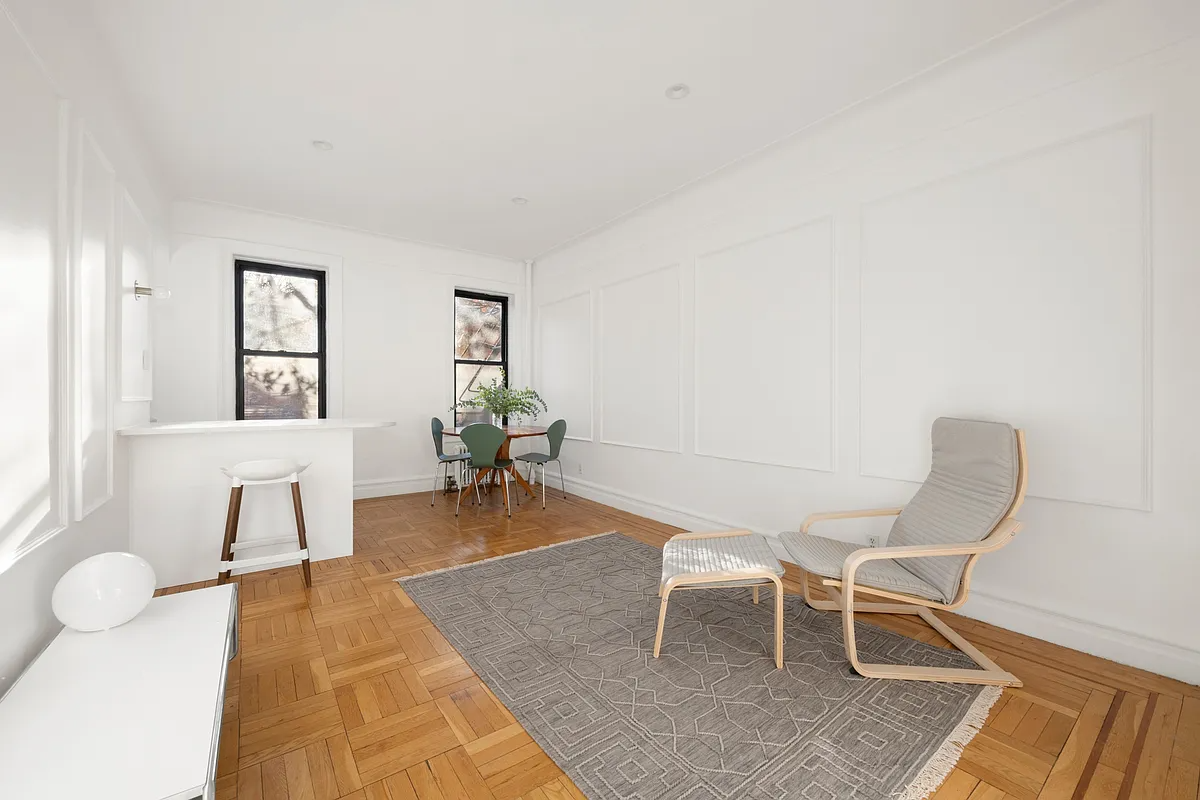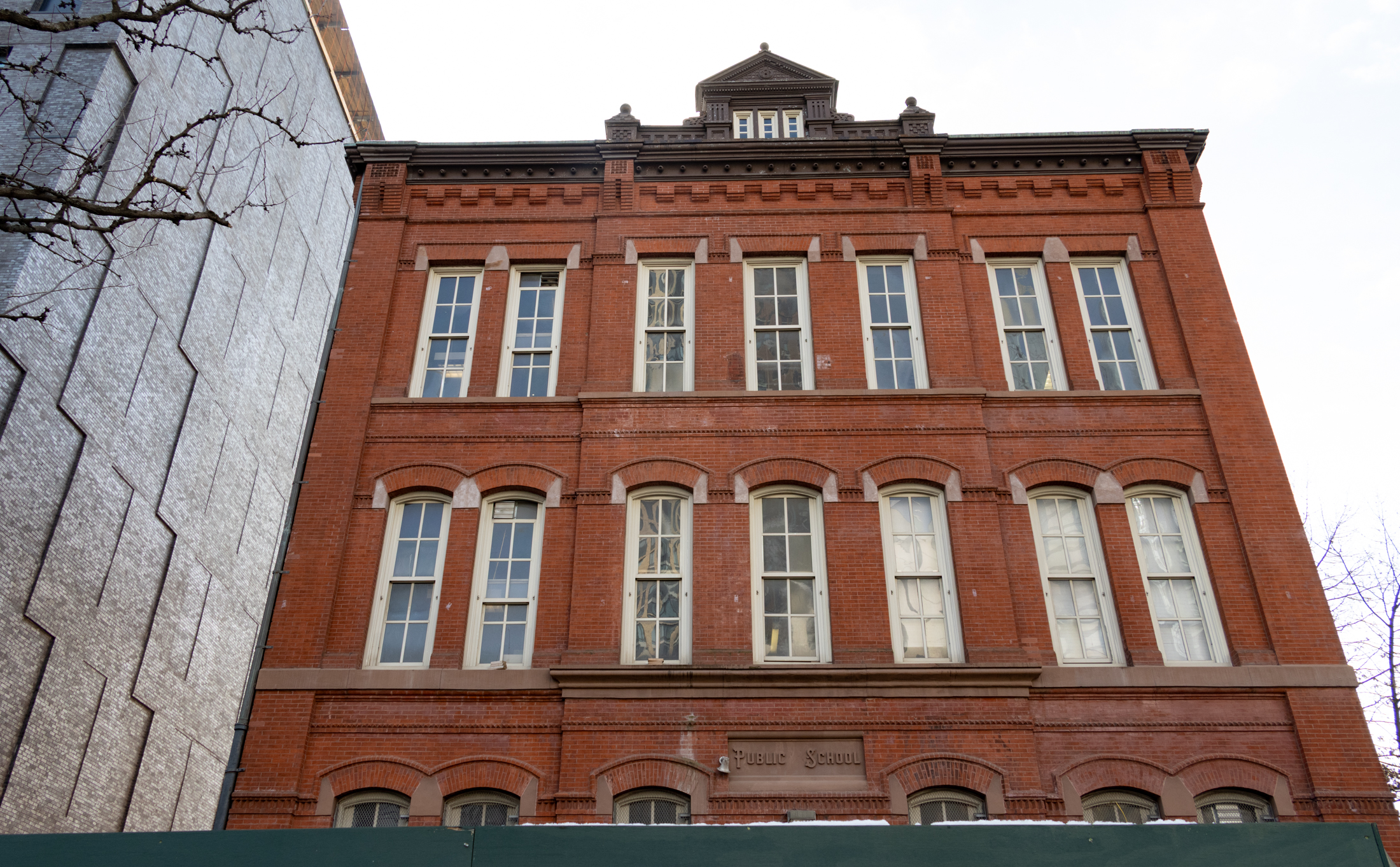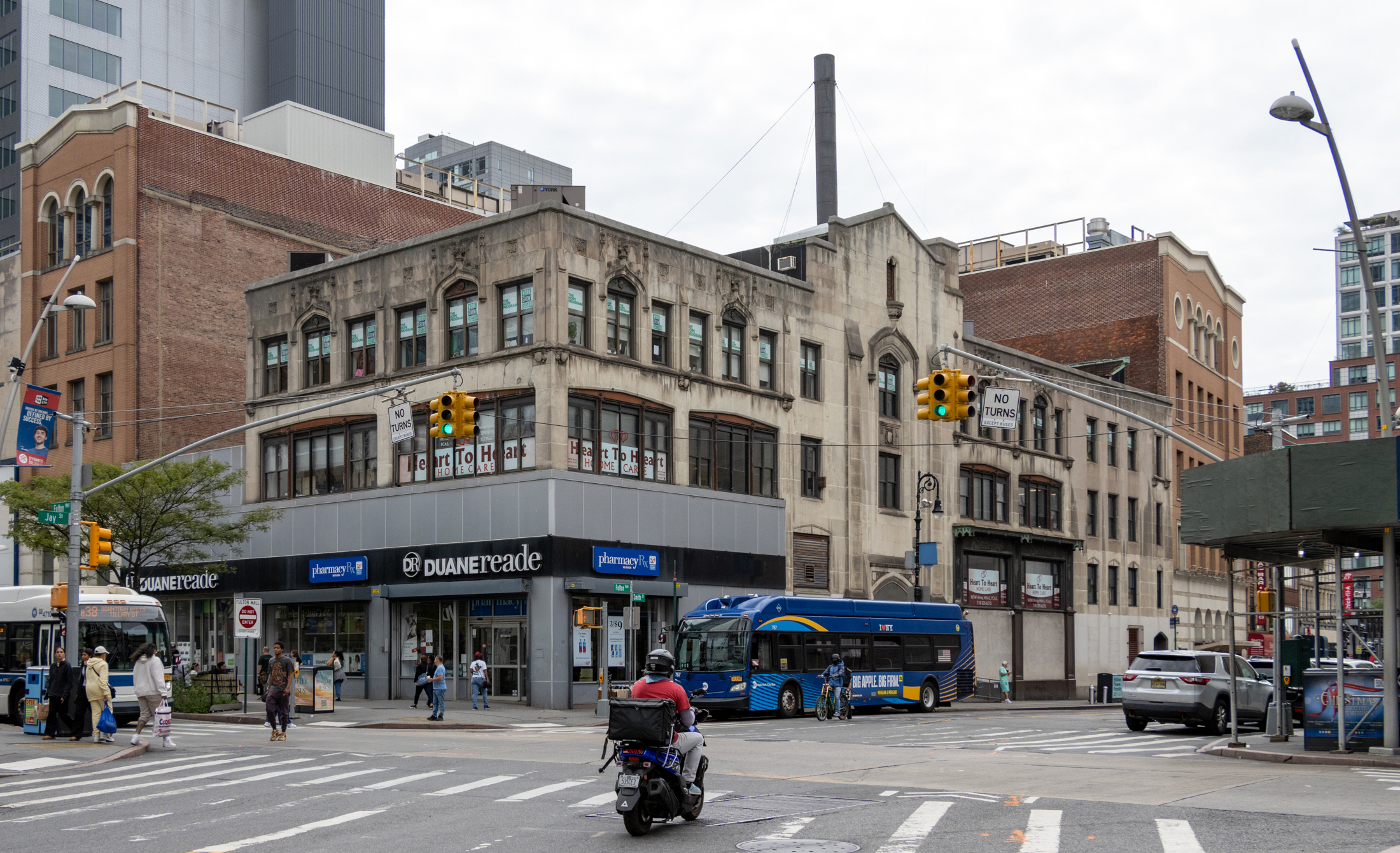Past and Present: Dueling Dentists
A Look at Brooklyn, then and now. The area known as Times Plaza, near the intersection of Flatbush, Atlantic and Fourth Avenues is undergoing massive changes these days. It seems as if this area has always undergone great changes, especially since it’s been one of Brooklyn’s largest and busiest transportation hubs. At the turn of…

A Look at Brooklyn, then and now.
The area known as Times Plaza, near the intersection of Flatbush, Atlantic and Fourth Avenues is undergoing massive changes these days. It seems as if this area has always undergone great changes, especially since it’s been one of Brooklyn’s largest and busiest transportation hubs. At the turn of the 20th century, elevated train lines mixed with trolley lines, roads, sidewalks, the LIRR, and later, the subways, all in this area that also had a vibrant business district of hotels, shops, churches and offices. The group of Italianate brownstones; mixed use business and residential buildings that anchor the corner of Fourth, State and Flatbush, have always intrigued me, and perhaps a bit of their mystery has been solved, and a rivalry, hitherto fore unknown, has come to light. We’re talking Dental Wars.
124 Flatbush was the site of two interesting businesses. On the ground floor, spread across these buildings, was a branch of the Mechanics Bank. A while back, I wrote about the “Machinations at the Mechanics Bank,” a story of greed and embezzlement. This branch of the bank shown in the photograph on the left, figured greatly in that tale, as it was here that the books were cooked, the night before the state banking inspectors were due to show up. For more on that story, please check it out.
Also in this building was the humble and unobtrusive office of “Painless Parker”, the dentist with the hands of gold, who, as he said himself, was “Positively IT in Painless Dentistry.” Dr. Parker’s advertisements are on the shades all of the windows on the second floor, and most of the third. The photograph dates from 1898.
Perhaps Dr. Parker’s rather large marquee was in response to another dentist who was just down the block. Another period photograph, this one of “The Ritter Painless Dental Company”, shows an even showier, more Coney Island kind of attention getting advertisement, far less tasteful than Dr. Parker’s. Dr. Ritter employs what looks like the precursor to Alfred E. Neumann, shilling for him, in a large corner sign. Here, “teeth extracted without pain,” compete with dentures and plates. This photo is from 1905, and Dr. Ritter’s offices were on the corner of Schermerhorn St. and 3rd Avenue.
What’s with the painless dentistry? As most know, dental work was historically done by barbers, and the only way to stop tooth pain was to extract the tooth, a painful and messy business. Modern dentistry didn’t begin until the beginning of the 19th century. In 1901, a German scientist named Alfred Einhorn came up with Novocain, revolutionizing modern dentistry. Up until that point, the drug of choice was either cocaine, or nitrous oxide, also known as laughing gas, which was introduced by dentist Horace Wells, in the 1840’s.
In a tragic side note, Dr. Wells introduced nitrous oxide in the early 1840’s. Although it worked like a charm, he was literally laughed off the stage by the public, as well as the dental and medical professions. He left the U.S. in disgrace, and became a traveling salesman in Europe, where he became addicted to chloroform. In 1848, back in New York, he went on a week-long chloroform binge, which made him totally deranged. He ran out into the street, and threw sulfuric acid on two prostitutes. He was tossed into the infamous Tombs prison, and while there sobered up. Horrified at what he had done, he committed suicide. Ironically, he gave himself one last dose of chloroform to dull the pain, as he slit open the vein in his leg.
Did these dentists give their patients cocaine or laughing gas? Or both? More investigation is needed. One wonders which one was more successful, too. As for the buildings, Dr. Parker’s building still stands, pretty much the same as when he was there, except the building has lost its decorative crest. Dr. Ritter’s building is long gone, and remains an empty lot. In 1929, the Williamsburgh Bank Building went up right across the street from Dr. Parker’s old offices. It would soon become full of dentists, orthodontists, and other dental specialties. Perhaps Dr. Parker had something there, after all.










Minard- i had my wisdom teeth pulled by a dental surgeon named Payne. Needless to say, there was lots of it.